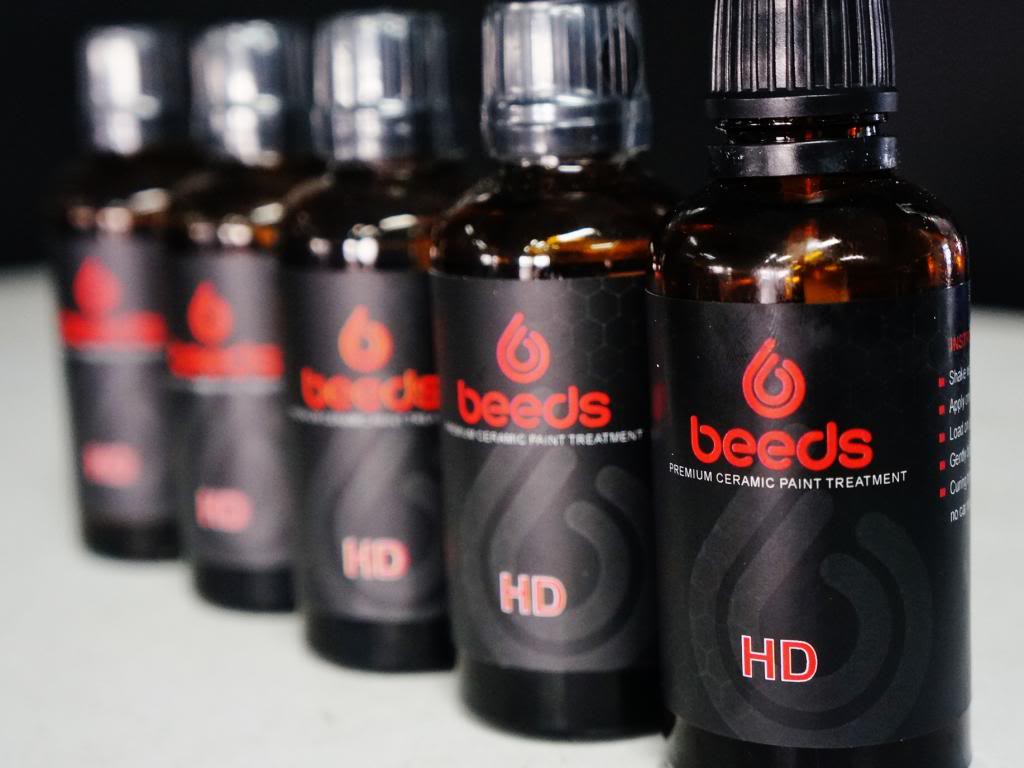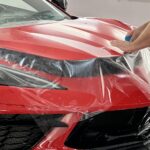Waxes, sealants, and coatings are frequently discussed in the auto detailing world, by both professionals and enthusiasts. But what makes them different from each other? Which product is appropriate for which scenarios? August Precision professionals go to great lengths to source the very best products to restore and maintain your automobiles appearance.
The terms waxes, sealants, and coatings, are organized as such for good reason. They’re in order of products containing the most organic ingredients to products with the fewest organic ingredients. Organic in car detailing is different than the Whole Foods organic. In the case of this article, we’ll use the terms organic and natural interchangeably.
Organic in car detailing means the product’s main active ingredients are derived from natural sources. While waxes, sealants, and coatings all contain (inorganic) solvents and polymers, each one has a different ratio of organic to inorganic ingredients and some have nothing natural in them at all.
Waxes
In the case of waxes, the most common naturally sourced ingredient is carnauba wax which comes from the carnauba palm tree of Brazil. Beeswax and paraffin wax are also found in automotive detailing waxes. These natural ingredients help give your car that amazing warm shine after a wax.
The organic ingredients break down much faster than inorganic ones, which is why waxes don’t last more than a month. If you’re showing your car in an auto show and you want to blow people away with shine, you definitely want to wax it. But if you’re looking to protect your paint, you need to look elsewhere.
Sealants
A combination of inorganic and organic ingredients, paint sealants give you durability and shine. Sealants are polymer based and they provide paint protection that a wax just can’t. They prevent fading from UV exposure, they’re hydrophobic, and they fight against etching and staining. Waxes do too, but unless you’re waxing your paint every week, don’t expect a wax to be your protectant.
Poly-sealants are not intensive to apply and protection lasts anywhere from 6 months to a year depending on the specific product. If you don’t want to spend a great deal of your time (and money) on a coating but you still care about protecting your paint, get yourself a paint sealant.
Even though sealants contain carnauba along with their unnatural ingredients, the shine from a sealant isn’t as warm as that of a wax. It can be described as a cold, mirror-like shine. If shine is really important to you, you can always layer a wax on top of the sealant.
Coatings
There’s really nothing organic about a coating. They smell strongly of chemicals and require gloves and/or goggles to handle. They’re not the type of thing you want anywhere near your skin or eyes.
There are different types of coatings: acrylic, ceramic, and silicate or glass. For example, BEEDs Nano Resin is a silicate/glass coating. We talk in more detail about the differences between nanocoatings in this blog.
Prepping for coating application is a project in itself. Paint correction (claying, polishing) must be done so all scratches and imperfections are removed from the paint. Then the surface must be neutralized with an isopropyl alcohol wipe down in order to ensure bonding occurs between the paint and the coating.
Sometimes these protective products require professional installation because the application process can be long and intensive. Others need tools that the average person doesn’t have in their garage, like infrared curing lamps.
Some coatings boast up to ten years of paint protection while others last about three years. As they’re permanent or semi-permanent, having a professional install the coating can ensure no mistakes are made in application, because once they’re on your paint, they’re not going anywhere.
Coatings act like a second clear coat to preserve the life of your paint and keep it in excellent condition. They’re super glossy too, but the gloss is unlike that of a wax or sealant. Their gloss is sharper and more intense than the gloss of a wax and deeper and clearer than the gloss of a paint sealant. You can layer a wax on top of a coating after it’s fully cured, but the gloss of a coating is so intense, you might find you don’t want to add anything.









